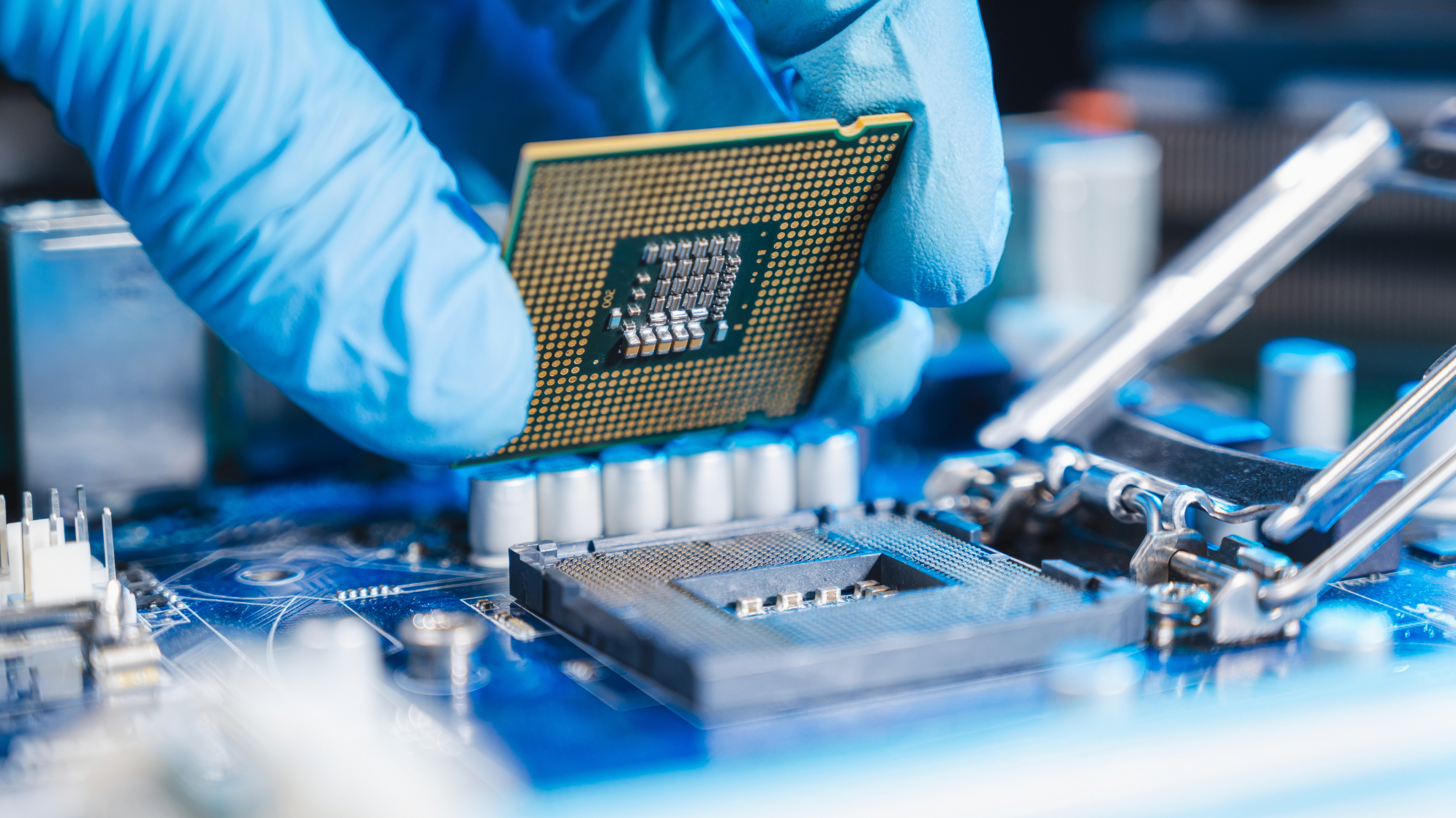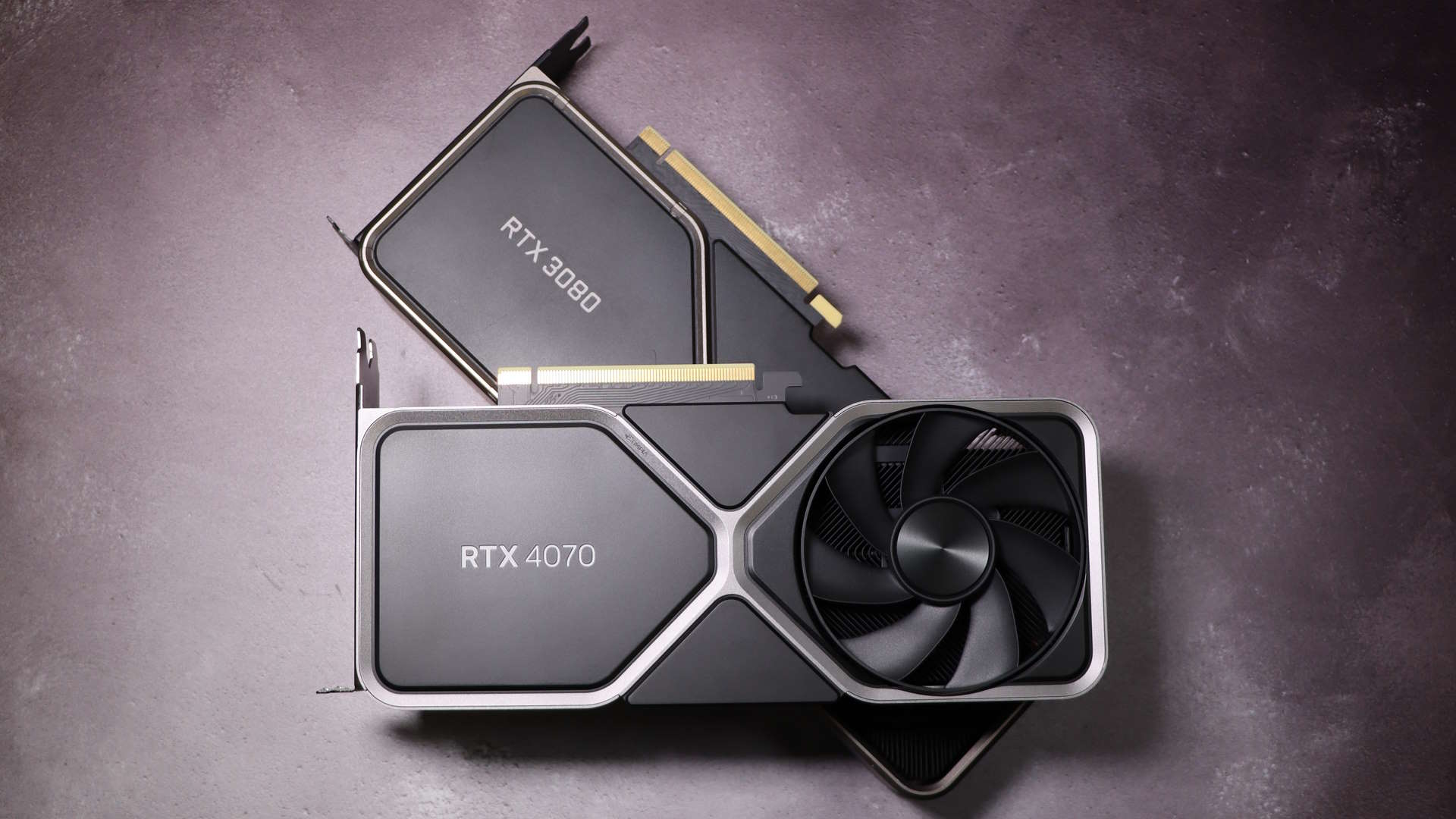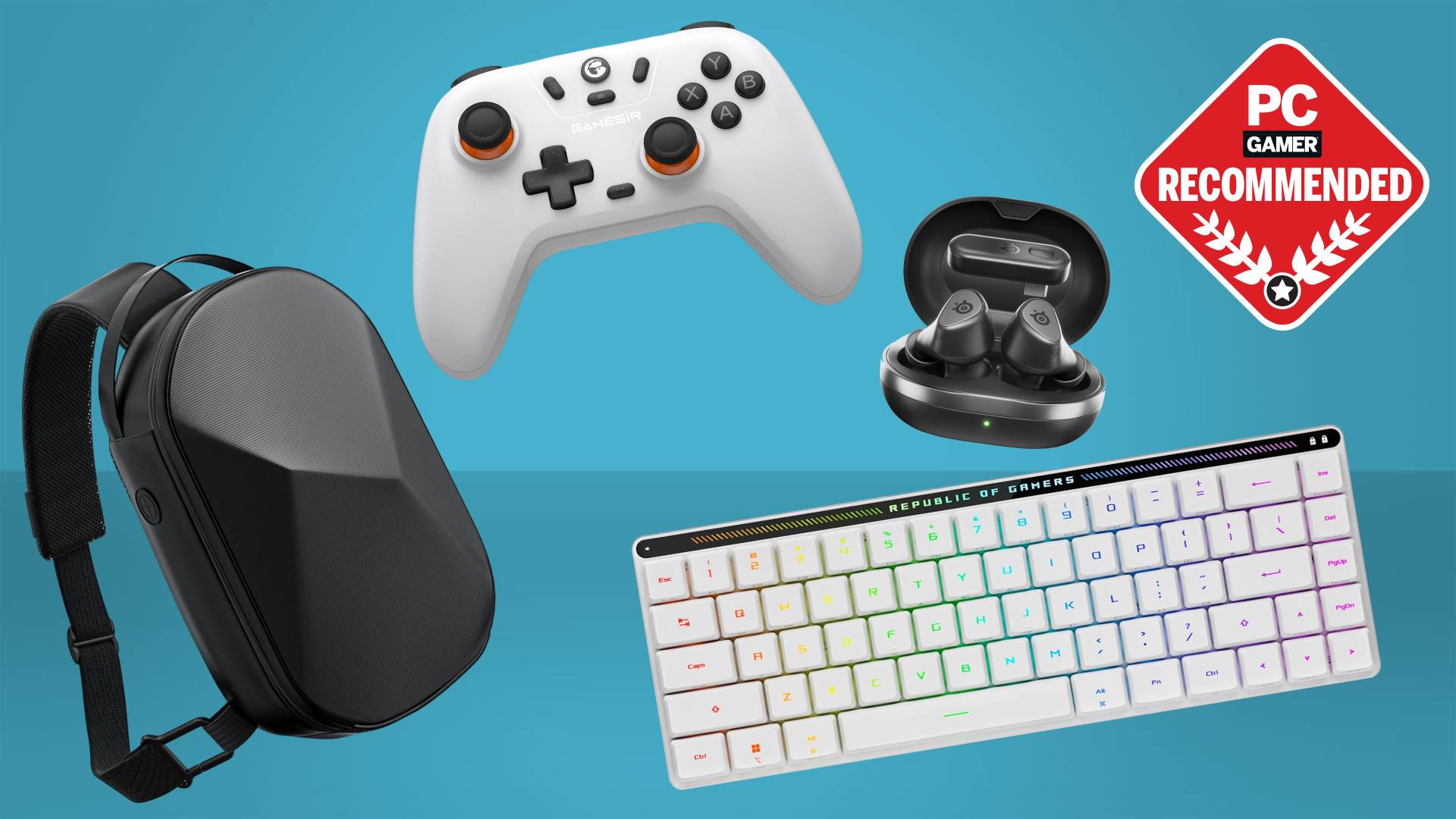'The CPU is the weakest link in computing'—Flow says it can boost CPU performance up to 100x with its proprietary companion chip
Bold claims, although it'd take a serious shift in priorities to bring a major chip maker on board.

CPU design has been undergoing something of a shake-up recently, what with the addition of NPUs into the mix and some radical configurations and chip construction techniques to optimise them. Flow Computing, however, has an even more radical suggestion. It's touting a co-processor architecture that gives regular old CPUs a helping hand, with claims of up to a 100x performance increase after some software trickery.
Flow is a startup backed by Finland's state-owned VTT research organisation (via Techcrunch), and its proposal is to add a Parallel Processing Unit (PPU) integrated into a co-processor that works alongside a traditional CPU to help traffic-manage incoming tasks.
Modern, multicore CPUs can handle dozens of threads at a time, but synchronising them all and handling the data required takes up lots of valuable clock cycles. Flow's PPU design essentially handles this for the CPU, reducing latencies, especially in massively parallel workloads.
Flow's co-founder and CEO Timo Valtonen said: "The CPU is the weakest link in computing...it’s not up to its task, and this will need to change.”
This isn't the first time such an idea has been suggested. Traditionally, however, this sort of solution would require all code to be completely rewritten to facilitate the process. Flow says that its architecture can enhance legacy code without alteration, significantly boosting performance, particularly in regard to apps that display parallelism but are held back by traditional thread-based processing.
That's not all, though. With some software recompilation, Flow says that modified code built to take advantage of the PPU would be capable of performance increases of up to 100x, and has posited the release of custom tools to help developers adapt.
Production model PPUs are proposed to be produced in multiple configurations for different use cases, with differing numbers of PPU cores. A four-core version is said to be suited to something like a smartwatch, while the company proposes a 64-core version for PCs and a 256-core model for enterprise usage.
Keep up to date with the most important stories and the best deals, as picked by the PC Gamer team.
However, that 100x performance boost claim is only valid if the original workload is capable of being parallelised to that extent, even with the help of a custom tool. Something like a game, for example, wouldn't feel the full benefit unless it was completely re-coded to take advantage.
Other downsides? Well, given that the PPU and its co-processor integration have yet to be implemented in any current silicon beyond an FPGA board, these performance increases are theoretical as things stand. Essentially, Flow is touting a co-processor architecture IP, not a finished product.

Best CPU for gaming: The top chips from Intel and AMD.
Best gaming motherboard: The right boards.
Best graphics card: Your perfect pixel-pusher awaits.
Best SSD for gaming: Get into the game ahead of the rest.
Quite the gamble then, as to whether this extra hardware could be feasibly implemented in a mass-production format for a major chip company, especially as companies like AMD, Intel and Nvidia have already invested billions in massively parallel processors: GPGPUs.
Flow is still a startup with big ideas, after all, and although it's already secured €4 million in pre-seed funding, it still seems like very early days for the company and would represent a massive gear-shift for any major chip maker looking to produce its design.
Still, with claims this bold, it's likely to have drawn some serious interest. Whether this leads to a future of co-processor harmony on your desktop or mobile PC in years to come though, remains a real question mark for now.

Andy built his first gaming PC at the tender age of 12, when IDE cables were a thing and high resolution wasn't—and he hasn't stopped since. Now working as a hardware writer for PC Gamer, Andy's been jumping around the world attending product launches and trade shows, all the while reviewing every bit of PC hardware he can get his hands on. You name it, if it's interesting hardware he'll write words about it, with opinions and everything.

